World War II
When the U.S. entered World War II, an armed conflict between the Allied and Axis powers, the U.S. had a shortage of war equipment. Thus, the government turned to the Navajo Nation as a domestic source to mine vanadium—a metal used in tanks and aircraft.
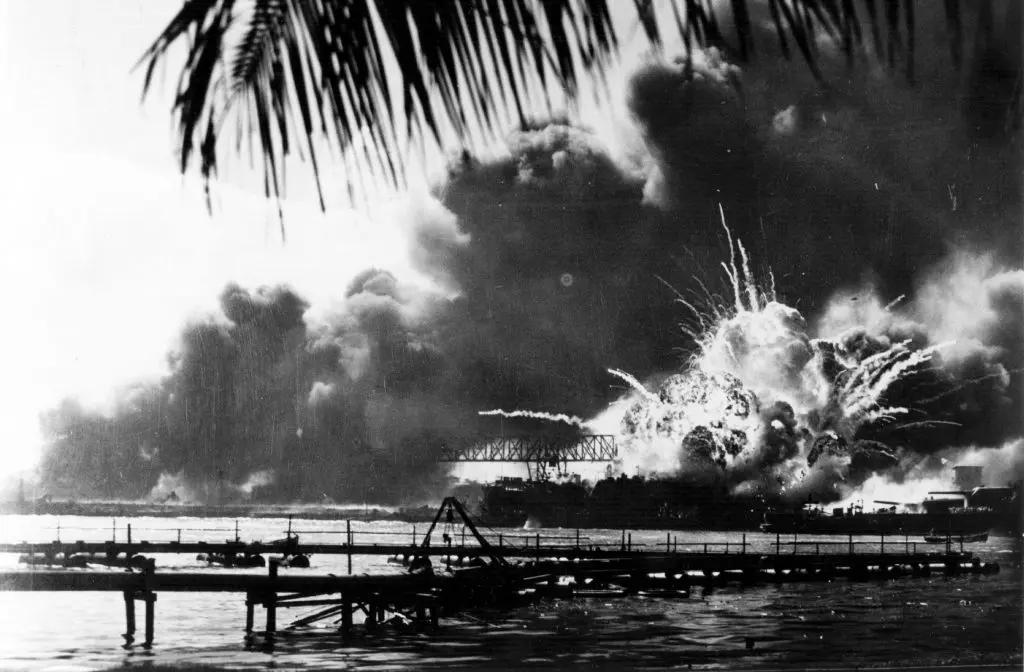
U.S. naval base Pearl Harbor, scene of a devestating surprise attack, December 7, 1941, National Archives
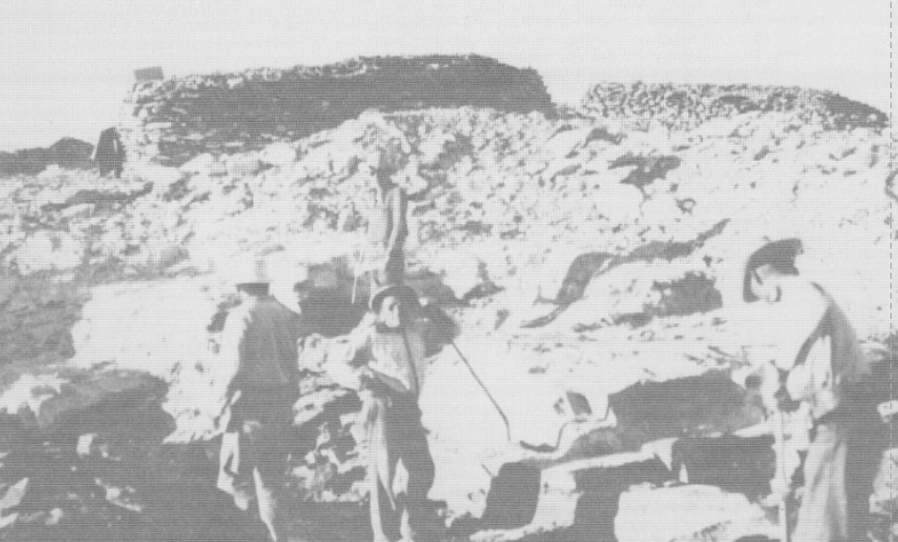
Navajo miners at the Shadyside area, King Tutt Mesa, 1942, United States Geological Survey
Though wary of the outsiders’ arrival, tribal officials had little say in decision-making. The government-controlled Bureau of Indian Affairs (BIA) disregarded native concerns and allowed mining companies to start operations, promising the Diné that mining would improve economic welfare.
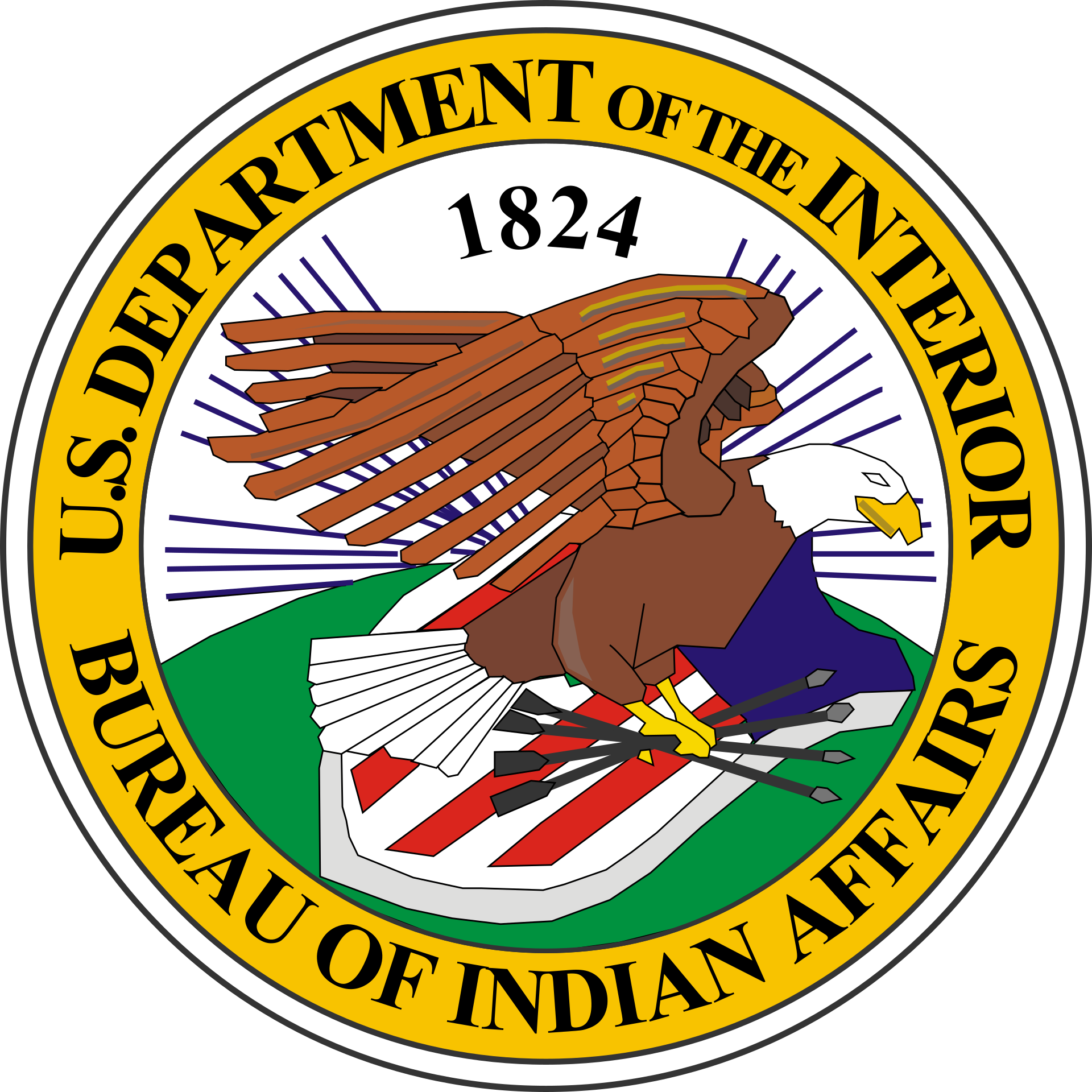
Seal of the US Department of the Interior, Bureau of Indian Affairs, 1824, United States Department of the Interior
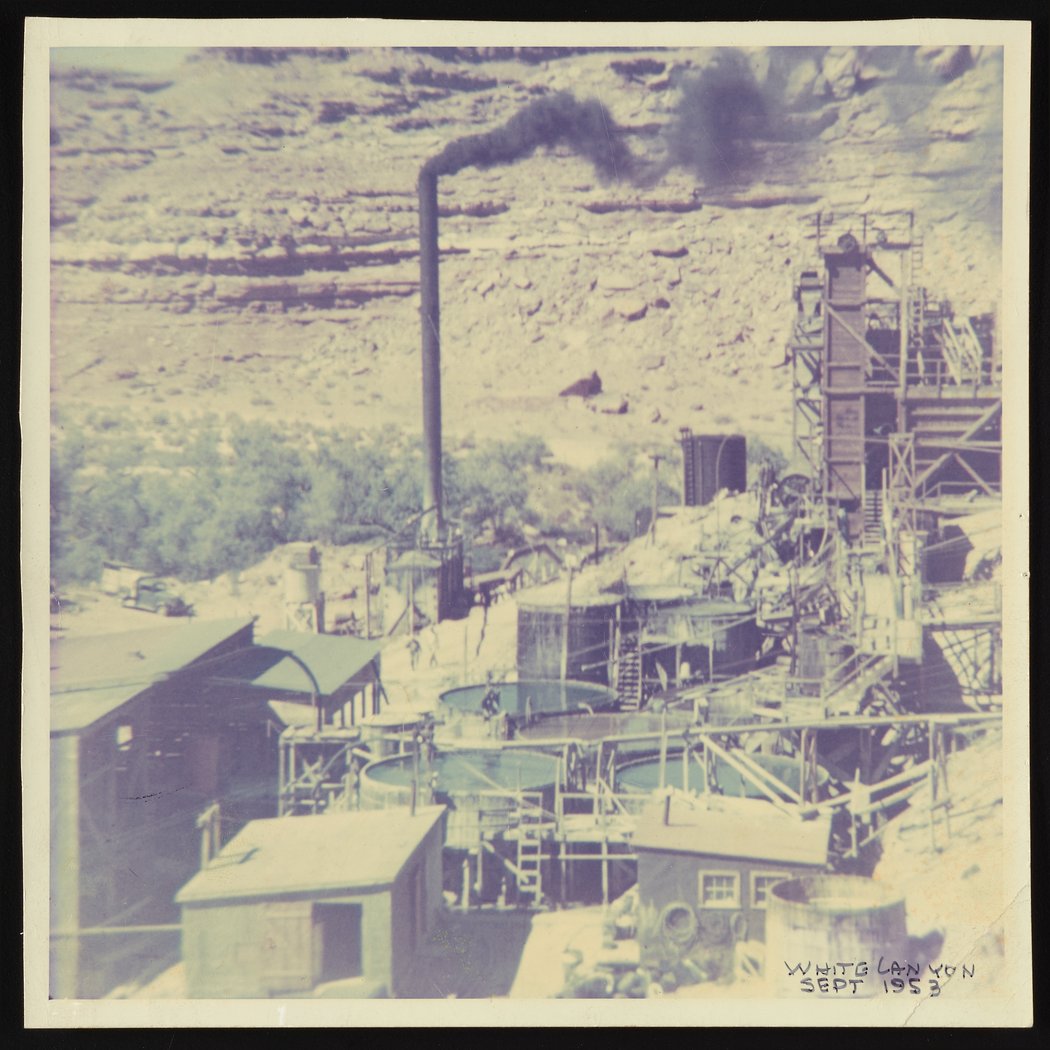
Vanadium Corporation White Canyon Plant, 1953, Vanadium Corporation of America
The Diné mined 1.5 million tons of vanadium to contribute to the Allied victory. They also mined 20,000 tons of uranium to contribute to the Manhattan Project’s atomic bombs. After the bombing of Hiroshima and Nagasaki, World War II ended, leaving the U.S. and Soviet Union as global superpowers.
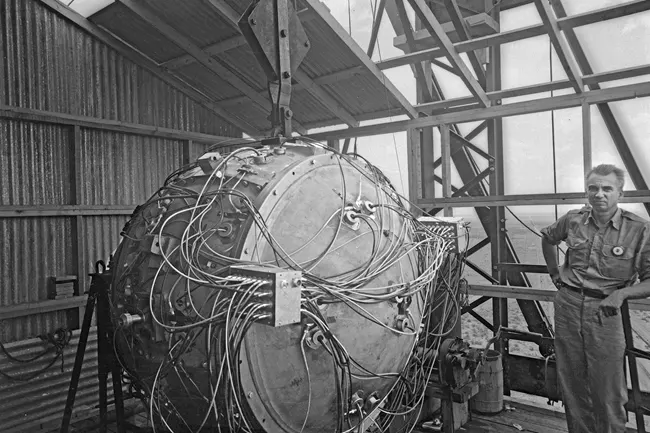
The successful detonation of "Gadget" at the Trinity Test, 1945, Los Alamos National Laboratory
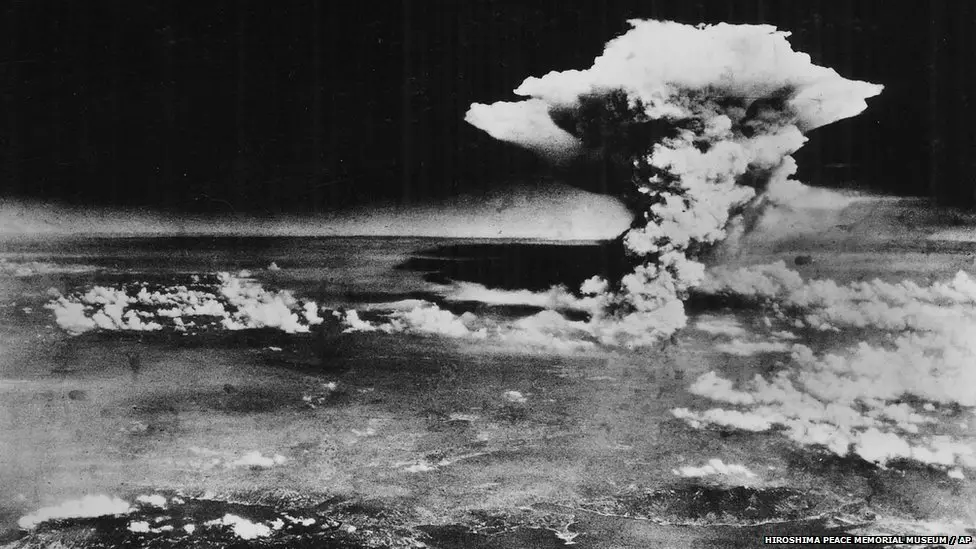
The first atomic bomb dropping on Hiroshima, August 6, 1945, Hiroshima Peace Memorial Museum
The two nations then entered a Cold War driven by geopolitical influence and a relentless arms race.
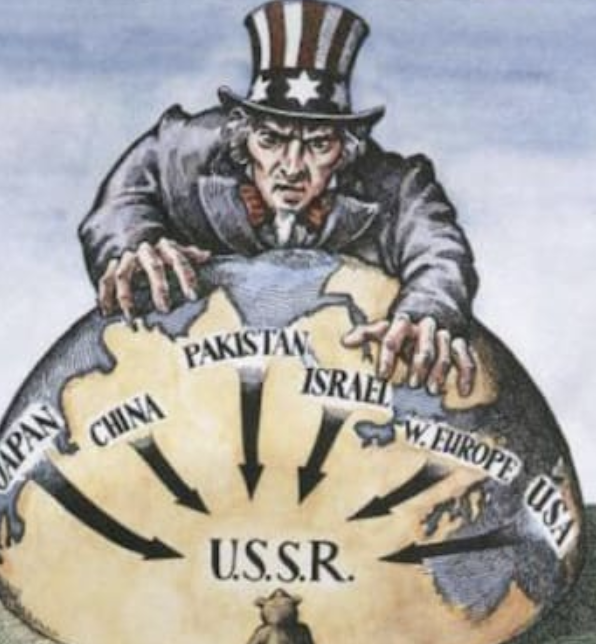

Cold War, 1960s, Getty Images
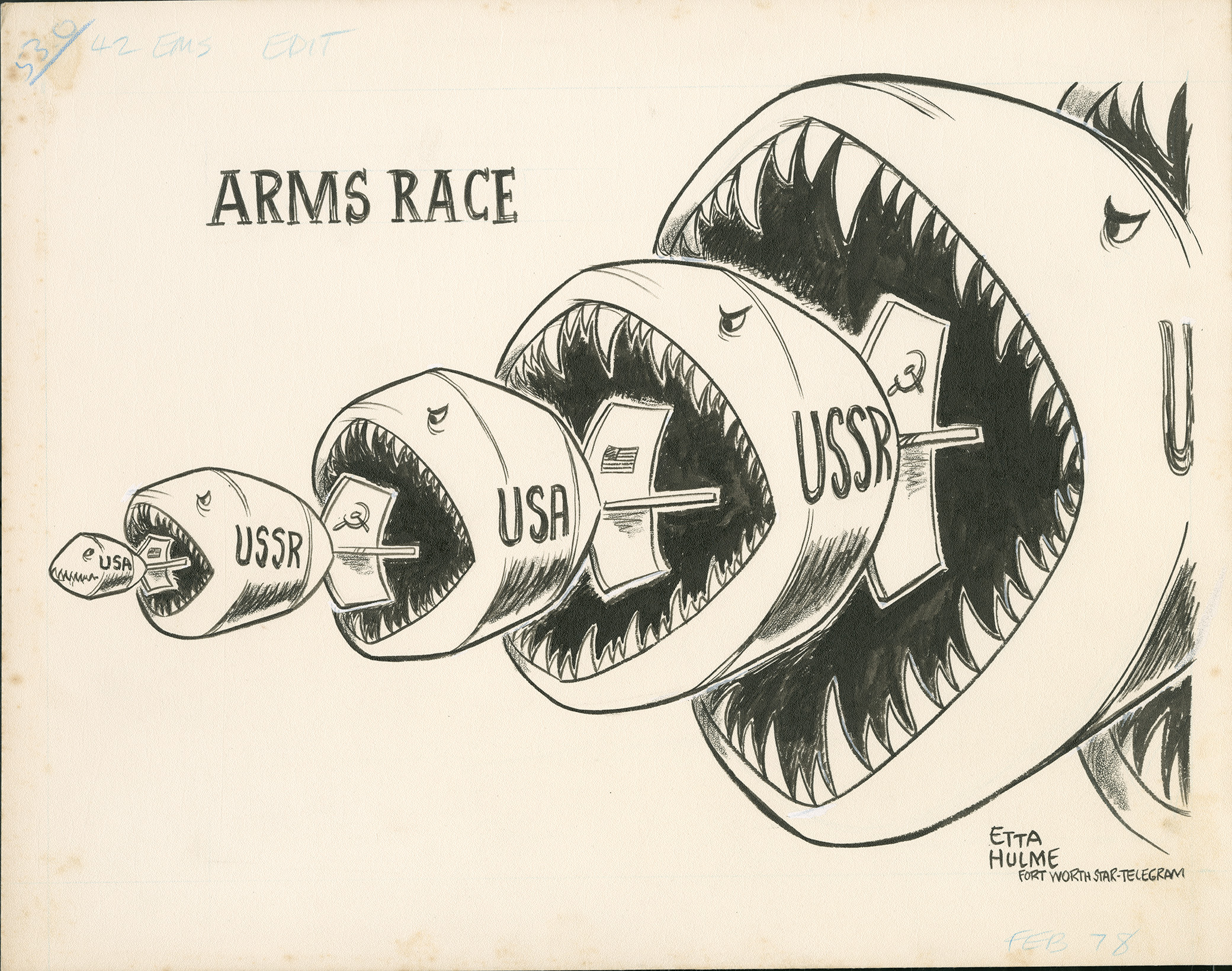
Arms Race, 1978, Etta Hulme